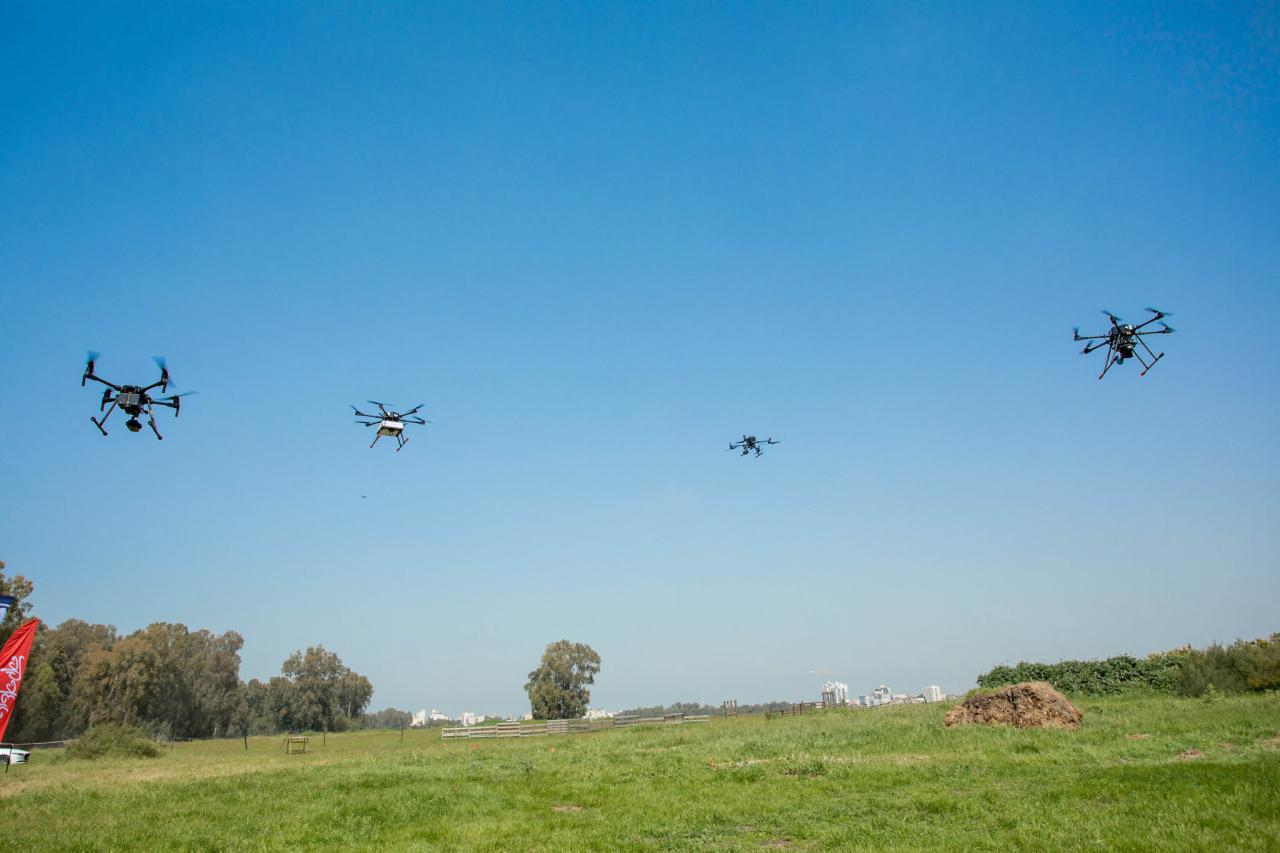Sky elements drones are revolutionizing atmospheric research, offering unprecedented access to previously unreachable data. These unmanned aerial vehicles (UAVs), equipped with a range of sophisticated sensors, are transforming our understanding of weather patterns, air quality, and climate change. From monitoring temperature and humidity to analyzing cloud formations and pollution levels, drones provide a flexible and cost-effective solution for atmospheric studies, supplementing and often surpassing the capabilities of traditional methods.
Sky elements drones, with their advanced capabilities, are transforming aerial displays. For a spectacular example of this technology in action, check out the impressive visuals at the orlando drone show , showcasing the potential of synchronized drone formations. The innovative choreography and lighting effects highlight the exciting future of sky elements drones in entertainment and beyond.
The versatility of drone technology allows researchers to gather highly localized data, providing insights into atmospheric phenomena with greater precision. This detailed information is crucial for improving weather forecasting models, developing more effective pollution control strategies, and gaining a deeper understanding of the complex interactions within Earth’s atmosphere. This exploration will delve into the various types of drones used, the data acquisition methods employed, and the numerous applications of this technology in environmental monitoring and climate research.
Drone Technology in Atmospheric Research
Unmanned aerial vehicles (UAVs), commonly known as drones, are revolutionizing atmospheric research, offering unprecedented capabilities for data collection and analysis. Their versatility and relative affordability compared to traditional methods like weather balloons and aircraft make them a valuable tool for scientists studying various atmospheric phenomena.
Types of Drones Used for Sky Element Observation
A range of drone platforms are employed in atmospheric research, each suited to specific tasks and environmental conditions. These include:
- Fixed-wing drones: Ideal for covering large areas due to their longer flight times and range. They are particularly useful for mapping large-scale atmospheric features.
- Multirotor drones (quadcopters, hexacopters, octocopters): Offer excellent maneuverability and hovering capabilities, making them suitable for precise data collection at specific locations or altitudes. Their vertical takeoff and landing (VTOL) capability is advantageous in challenging terrains.
- Hybrid drones: Combining features of fixed-wing and multirotor designs, offering a balance between flight time, range, and maneuverability.
Sensors and Payloads for Atmospheric Data Collection
The effectiveness of drone-based atmospheric research hinges on the sensors and payloads integrated into the UAVs. Common payloads include:
- Temperature and humidity sensors: Measure ambient temperature and relative humidity profiles.
- Anemometers: Measure wind speed and direction.
- Barometric pressure sensors: Determine atmospheric pressure variations.
- GPS receivers: Provide precise location data for accurate georeferencing of measurements.
- Gas sensors: Detect and quantify various atmospheric pollutants (e.g., ozone, particulate matter).
- Cameras and imaging systems: Capture visual data of cloud formations, aerosols, and other atmospheric phenomena.
- LiDAR (Light Detection and Ranging): Provides three-dimensional mapping of atmospheric structures, particularly useful for studying cloud layers.
Advantages and Limitations of Drone-Based Atmospheric Research
Compared to traditional methods, drone technology presents several advantages:
- Increased spatial resolution: Drones allow for highly detailed measurements at specific locations and altitudes.
- Improved temporal resolution: Data can be collected frequently, providing a more dynamic understanding of atmospheric processes.
- Cost-effectiveness: Drones are often more affordable to operate than manned aircraft or extensive ground-based networks.
- Accessibility: Drones can access remote or hazardous locations difficult to reach with traditional methods.
However, limitations exist:
- Limited flight time and range: Battery life restricts the duration and extent of drone deployments.
- Weather dependence: Strong winds, rain, or other adverse weather conditions can hinder drone operations.
- Regulatory constraints: Operating drones requires adherence to airspace regulations and obtaining necessary permits.
Comparison of Drone Platforms for Sky Element Studies
| Drone Platform | Payload Capacity (kg) | Flight Time (minutes) | Approximate Cost (USD) |
|---|---|---|---|
| DJI Matrice 300 RTK | 2.7 | 55 | 15000 |
| Autel EVO II Pro 6K | 1.0 | 40 | 2000 |
| SenseFly eBee X | 1.5 | 50 | 10000 |
| Custom-built Research Drone | Variable | Variable | Variable (typically higher) |
Sky Element Monitoring and Data Acquisition
Data acquisition using drones involves careful planning and execution. Accurate and reliable data is crucial for meaningful scientific analysis.
Methods for Collecting Data on Temperature, Humidity, Wind Speed, and Pressure
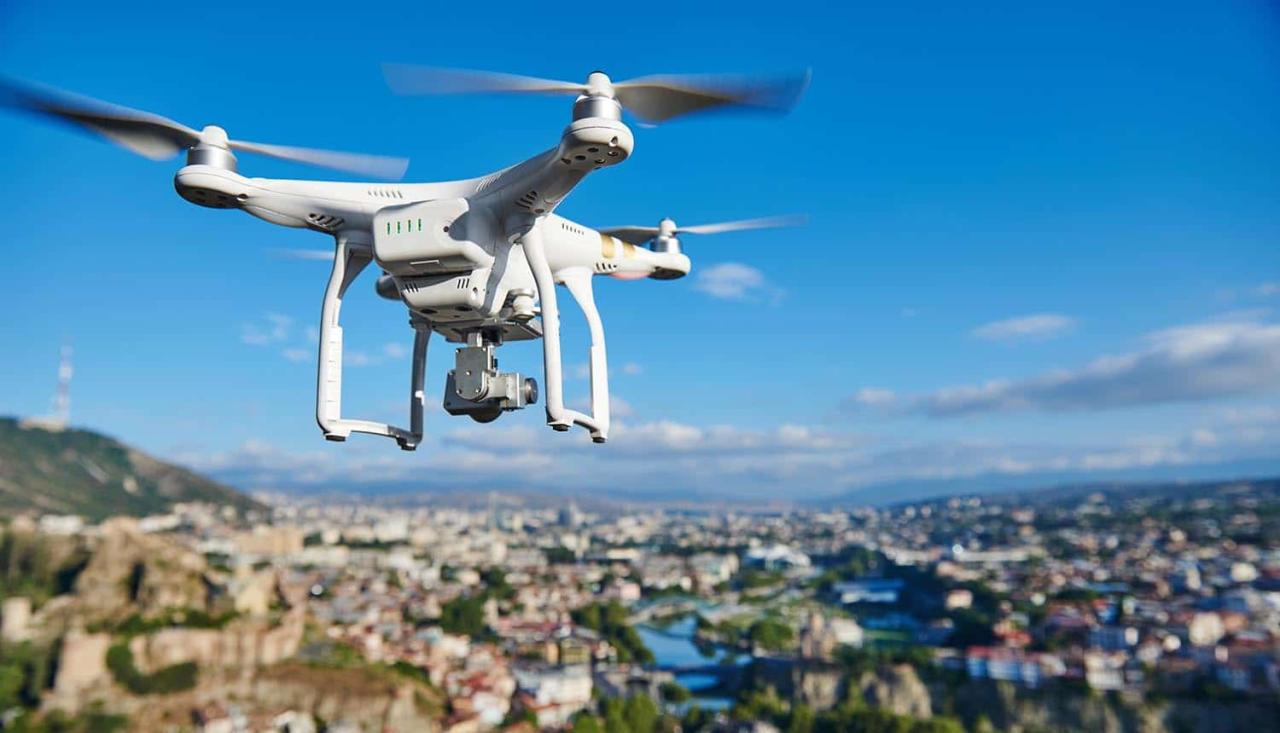
Drones utilize various sensors to collect atmospheric data. Temperature and humidity are measured using sensors mounted on the drone, while wind speed and direction can be determined using onboard anemometers or by analyzing drone movement. Barometric pressure is measured with a barometric pressure sensor.
Calibration and Validation of Drone-Collected Atmospheric Data
Data calibration involves adjusting sensor readings to account for systematic errors, while validation compares drone-collected data with measurements from established reference instruments (e.g., weather stations). This ensures the accuracy and reliability of the data.
Improving Weather Forecasting Accuracy with Drone Data
Drone-collected data, especially at high spatial and temporal resolutions, can significantly improve weather forecasting models. By providing detailed information on local atmospheric conditions, drones help to refine model parameters and lead to more accurate predictions, particularly for localized weather events.
Sky elements drones, with their advanced capabilities, are revolutionizing aerial displays. For a spectacular example of what’s possible, check out the stunning visuals at the orlando drone show , showcasing the latest in drone technology. The innovations seen there directly influence the development and future applications of sky elements drones, pushing the boundaries of what’s achievable in aerial performance.
Workflow for Processing and Analyzing Data from Multiple Drone Deployments, Sky elements drones
A typical workflow involves data acquisition, pre-processing (cleaning and correcting errors), processing (e.g., georeferencing, interpolation), analysis (statistical analysis, visualization), and interpretation. Data from multiple deployments might be integrated using geospatial software.
Environmental Applications of Sky Element Drones
The environmental applications of drones in atmospheric research are extensive and rapidly expanding, offering valuable insights into various environmental challenges.
Applications in Monitoring Air Quality and Pollution Levels
Drones equipped with gas sensors can map pollution plumes, identify emission sources, and monitor air quality in real-time. This data is crucial for environmental management and public health.
Studying Cloud Formation and Precipitation Patterns
Drones provide valuable data on cloud microphysics, allowing researchers to better understand cloud formation mechanisms and precipitation processes. High-resolution imagery and LiDAR data are especially useful.
Assessing the Impact of Climate Change on Atmospheric Conditions
Drones are used to monitor changes in temperature, humidity, and wind patterns, providing valuable data on the impact of climate change on atmospheric conditions. Long-term monitoring programs using drones can track trends and assess the effectiveness of mitigation strategies.
Comparison of Drones with Satellite Imagery and Ground-Based Sensors
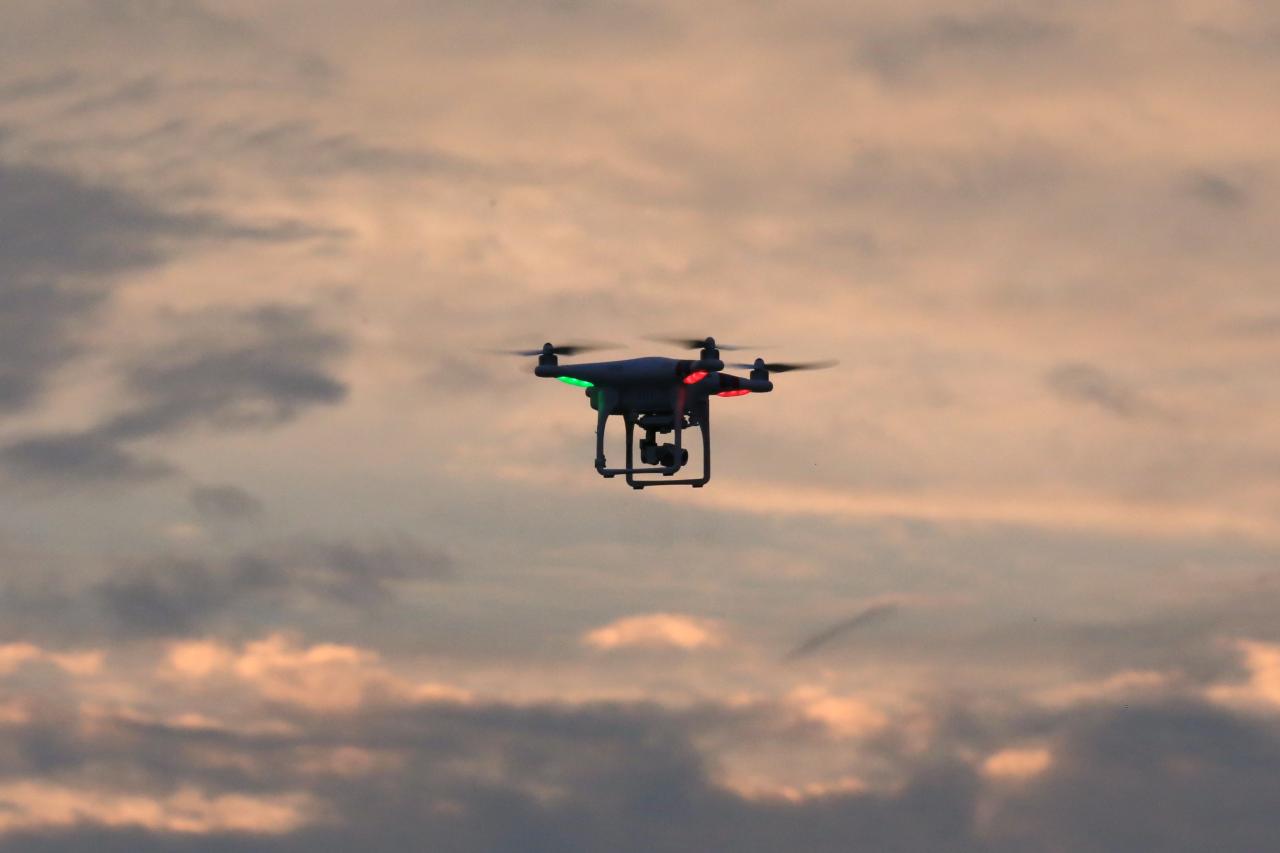
Drones offer a unique combination of advantages over satellite imagery and ground-based sensors. Satellites provide broad-scale coverage but lack the high spatial resolution of drones. Ground-based sensors offer precise local measurements but lack the spatial coverage of drones. Drones bridge this gap, providing detailed information at various scales.
Safety and Regulatory Aspects of Drone Operations: Sky Elements Drones
Safe and responsible drone operation is paramount. Strict adherence to regulations and safety protocols is essential for successful and risk-free atmospheric research.
Safety Regulations and Guidelines for Operating Drones in Airspace
Drone operators must comply with local and national regulations regarding airspace restrictions, flight altitudes, and operational procedures. These regulations vary depending on the location and the type of drone operation.
Procedures for Obtaining Necessary Permits and Approvals for Drone Flights
Obtaining necessary permits and approvals for drone flights typically involves submitting a flight plan, demonstrating operational competency, and ensuring compliance with all relevant regulations.
Risks and Mitigation Strategies Associated with Drone Operations in Various Weather Conditions
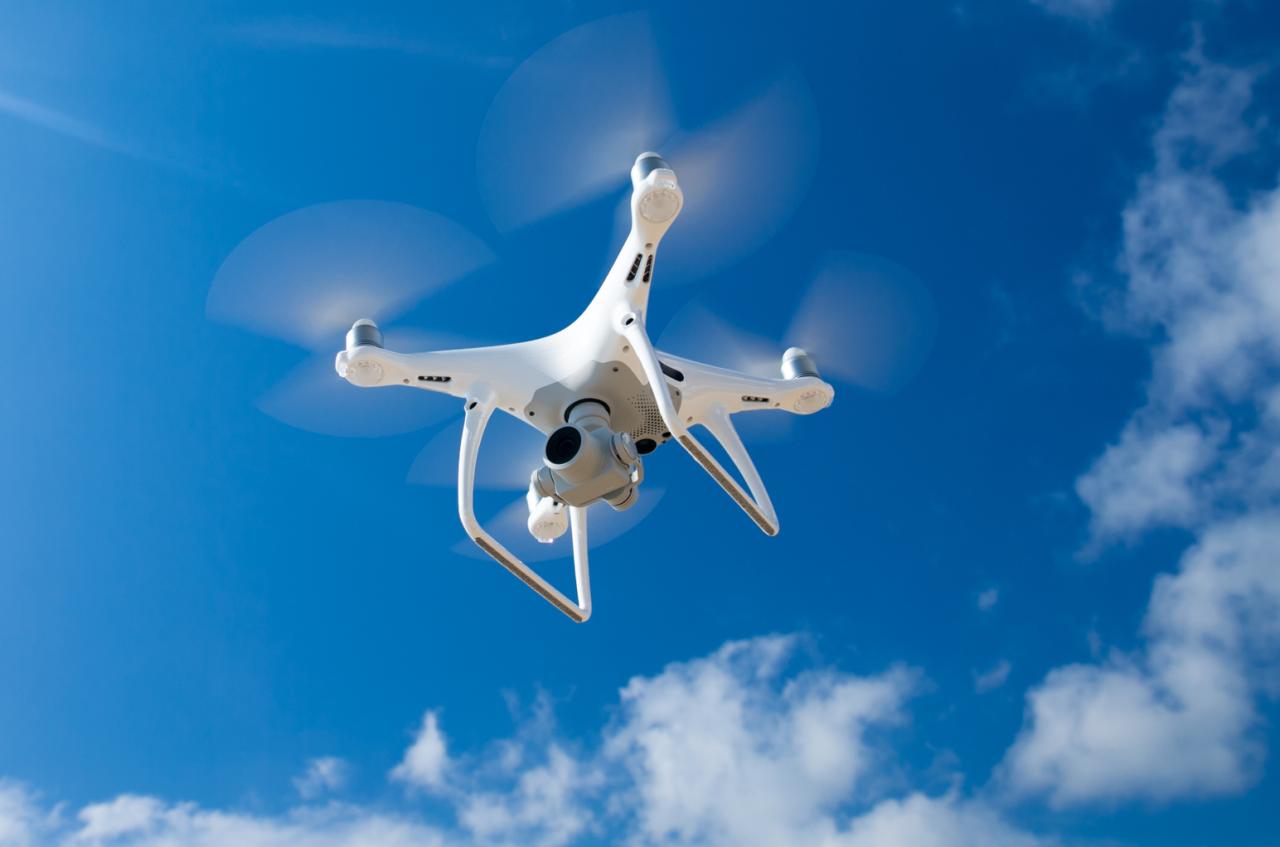
Adverse weather conditions (strong winds, rain, low visibility) pose significant risks to drone operations. Mitigation strategies include careful flight planning, real-time weather monitoring, and the use of appropriate safety equipment.
Checklist for Pre-Flight Inspections and Safety Protocols
A pre-flight checklist should include verifying drone functionality, checking battery levels, inspecting propellers, confirming GPS signal, reviewing flight plan, and assessing weather conditions. Safety protocols should emphasize risk assessment and mitigation.
Future Trends in Sky Element Drone Technology
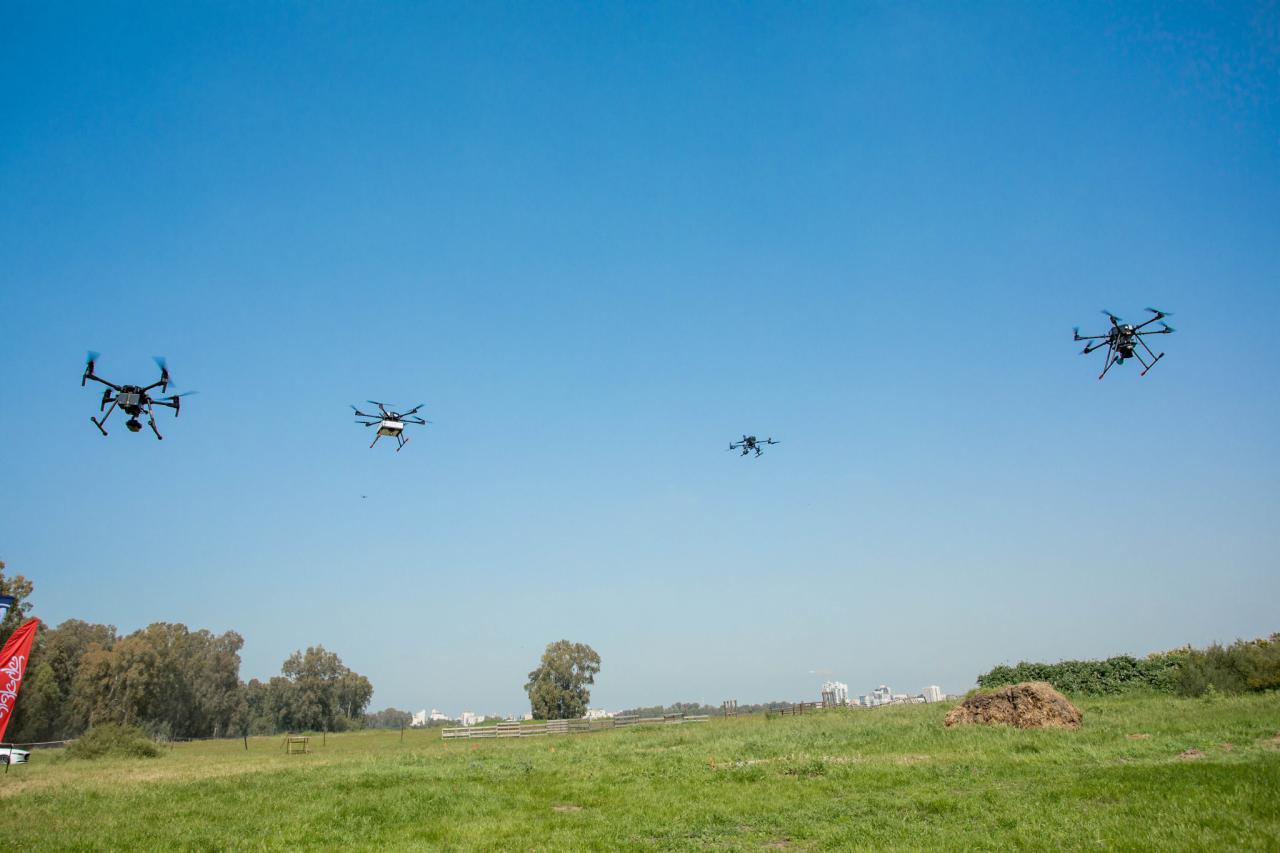
The future of drone-based atmospheric research is bright, with several emerging technologies promising to further enhance data acquisition and analysis capabilities.
Emerging Technologies Improving Drone Capabilities
Advances in battery technology will extend flight times, while improvements in sensor technology will increase data accuracy and resolution. Miniaturization will enable the deployment of smaller, more agile drones for specialized tasks.
Potential of AI and Machine Learning in Automating Data Analysis
AI and machine learning can automate data processing, analysis, and interpretation, reducing the time and effort required for research. This allows for the analysis of larger datasets and the identification of complex patterns.
Future Applications of Drone Technology in Studying Extreme Weather Events
Drones will play a crucial role in studying extreme weather events like hurricanes and tornadoes, providing real-time data on wind speeds, precipitation, and atmospheric conditions. This data is crucial for improving forecasting and emergency response.
Hypothetical Advanced Drone System for Comprehensive Atmospheric Monitoring
Imagine a swarm of autonomous drones, each equipped with a suite of advanced sensors (including high-resolution cameras, LiDAR, and various gas sensors), capable of coordinated flight and data collection. These drones would communicate wirelessly, sharing data in real-time and providing a comprehensive, three-dimensional view of atmospheric conditions. AI algorithms would process and analyze the data, identifying patterns and anomalies, and automatically adapting flight plans to optimize data collection.
The system would be capable of operating autonomously for extended periods, providing continuous monitoring of atmospheric conditions over large areas.
The integration of drones into various atmospheric studies is rapidly advancing. For innovative solutions in this field, researchers often turn to companies specializing in atmospheric drone technology, such as those showcased at events like the Drone Fair. A prime example of this cutting-edge technology can be found at sky elements drones , where you’ll discover a range of sophisticated drones designed for atmospheric data collection.
This technology is transforming our understanding of atmospheric phenomena.
The integration of drones into atmospheric research represents a significant advancement in our ability to monitor and understand Earth’s atmosphere. The data collected by these versatile platforms is invaluable for improving weather forecasting, assessing environmental impact, and informing climate change mitigation strategies. As drone technology continues to evolve, particularly with the incorporation of AI and machine learning, we can anticipate even more precise and comprehensive atmospheric monitoring capabilities, leading to a deeper understanding of our planet’s complex systems and ultimately, more effective solutions for environmental challenges.
Essential Questionnaire
What are the limitations of using drones for atmospheric research?
Limitations include flight time restrictions, weather dependencies (wind, rain), regulatory restrictions on airspace, and potential for equipment malfunctions.
How much does it cost to operate a drone for atmospheric research?
Costs vary widely depending on the drone platform, sensors, operational expenses, and data processing needs. Expect significant investment in both equipment and personnel.
What safety precautions are essential when operating drones for atmospheric research?
Essential precautions include thorough pre-flight checks, adherence to all airspace regulations, awareness of weather conditions, and use of appropriate safety equipment.
What types of data can drones collect for atmospheric research?
Drones can collect a variety of data, including temperature, humidity, wind speed, pressure, air quality parameters (e.g., pollutants), and even visual and spectral data for cloud analysis.
